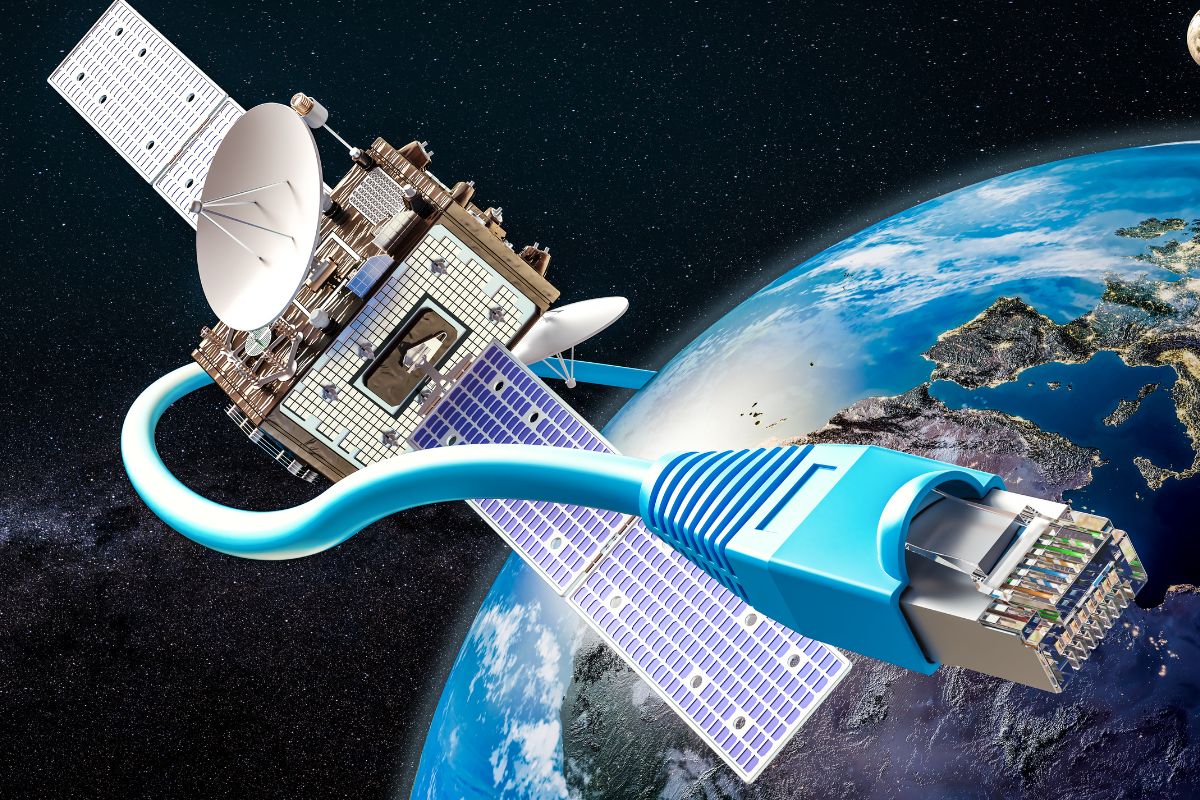The Amazon project involved two prototype units that both worked as intended and expected.
Amazon has announced that only slightly after launching its two prototype internet satellites for Project Kuiper, the testing and operations have both been deemed a success.
The units were deployed as an early phase of a project to bring high-speed connectivity to the world.
“We were able to validate everything and get all the data that we need,” said Rajeev Badyal, Vice President of Technology for Project Kuiper. “All systems, all subsystems and all the use-cases that we designed the satellite for, work as designed.”

The team was able to use the prototype internet satellites to get online and do any of the things they would expect to be able to accomplish from a typical high-speed connection.
“Thirty days after launch, we’re streaming 4K videos, doing (video) calls, and shopping on Amazon.com,” said Badyal.
This is only an early testing phase of the project. Project Kuiper is intended to be substantially larger, including a network of 3,236 of these units. They will be deployed to low Earth orbit, where they will one day provide high-speed online connection to any place in the world.
The internet satellites project will involve an investment from Amazon of about $10 billion.
Amazon intends to invest this money over the years of the project’s deployment. This includes the pre-launch processing facility in Florida, which has already broken ground and comes with a price tag of about $120 million.
Now that the testing and operations of the prototypes have been confirmed as successful, Amazon intends to start building the first production units as early as December, said Badyal. From there, the initial internet satellites for the Project Kuiper network will blast off into low Earth orbit in the “latter part of the first half” of next year.
While Badyal did say that Amazon wasn’t entirely sure what to expect from the prototype units, as “you don’t know how well it’s going to work in space,” the units did exactly what they were meant to. “They’re working brilliantly,” he said, describing the connectivity as “the experience that you got was operating like cable or fiber.”

